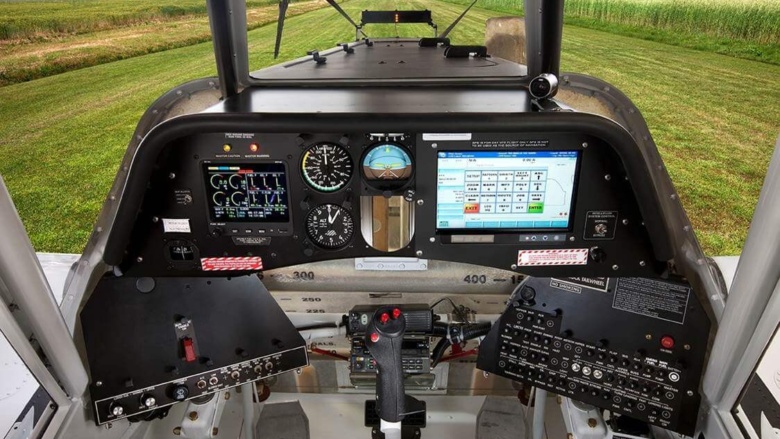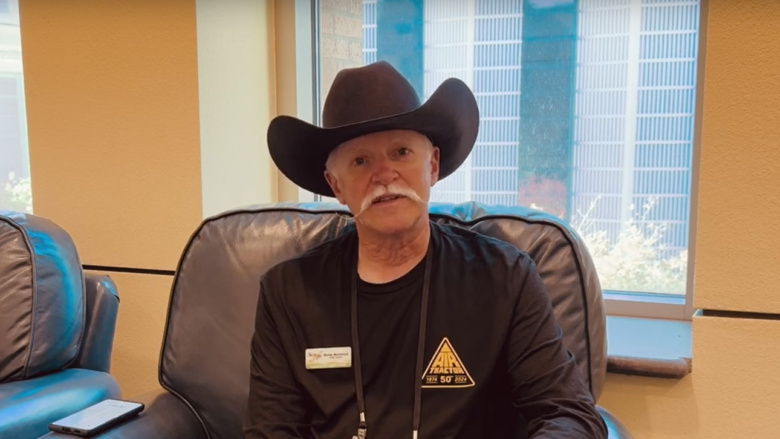At AeroFleet One, our team couldn’t be more excited about the momentum building around Beyond Visual Line of Sight (BVLOS) operations. For years, we’ve pushed the limits of what agricultural drones can do—and now, proposed U.S. DOT rules to ease BVLOS restrictions could unlock a whole new era of efficiency and scale for our clients.
Why BVLOS Matters for Agriculture
Most ag drone flights today require direct visual contact with the aircraft, limiting coverage and productivity. BVLOS changes that, enabling drones to operate far beyond the pilot’s line of sight—covering hundreds, even thousands, of acres in a single mission. For large-scale farms, this is a productivity revolution.
The Regulatory Shift in Motion
The proposed BVLOS framework includes:
- Standardized safety corridors and altitude caps.
- Simplified operator certification.
- Remote ID and detect-and-avoid requirements.
If adopted, these changes would enable:
- Faster, large-scale field mapping.
- Extended spraying and seeding missions without constant repositioning.
- Seamless integration with autonomous swarm and fleet systems.
The Benefits for Growers
- Efficiency: No need for spotters—reduced labor costs.
- Coverage: Monitor vast acreage in one continuous flight.
- Data Quality: Higher consistency and resolution in crop mapping.
- Timeliness: Rapid detection of pests, disease, and stress.
Global Momentum
Other countries—Australia, Canada, and parts of the EU—are already trialing BVLOS in agriculture with great success. U.S. adoption would not only accelerate innovation but also ensure our growers stay competitive in a rapidly advancing global market.
Final Take:
At AeroFleet One, we see BVLOS as more than just a regulatory update—it’s the key to scaling agricultural drone operations from small plots to industrial farms. Our team is already preparing technology, training, and deployment strategies to help our partners lead in this new era of aerial agriculture.


